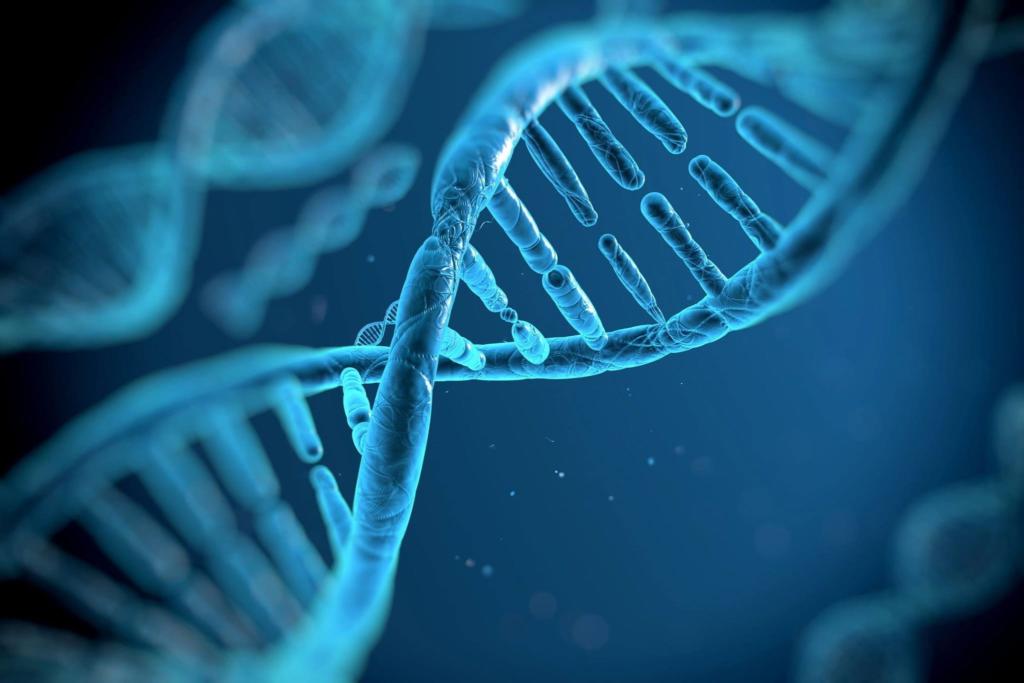 For sexual assault victims and families of decedents who have died due to sexual violence, a Nevada law may finally bring much needed vindication.
For sexual assault victims and families of decedents who have died due to sexual violence, a Nevada law may finally bring much needed vindication.
To understand how DNA can revive cold cases, LV Defense explains how DNA evidence works.
To analyze DNA, an expert forensic investigator must find an article of clothing, cup, blood spatter, hair follicle, semen or other item to lift a DNA profile from. Most crime scenes will have several individuals’ DNA available, especially if the crime involved murder or other bodily harms.
Once fingerprints, hair or bodily fluids are extracted from the crime scene, those specimens will be shipped off to the forensic laboratory, which is either outsourced by law enforcement, or an internal part of the police department.
Once DNA has been located, it must be tested and matched against national databases such as AFIS to see if any genetic matches have been previously logged. The testing methods used are determined by the scientist conducting the test; more often than not, they’ll gauge which test will provide the most accurate end result based on what material or item the DNA needs lifted from.
Some testing methods include:
This list is far from exclusive; as technology evolves, expect testing methods to evolve alongside it. The FBI have standardized the 13 autosomal STR loci method and rarely deviate unless the specimen is recovered from a non-conforming surface.
DNA evidence is not incontestable, as many cases throughout history have proven. Inaccuracies in the handling and collection of DNA samples used for scientific testing can (and often does) result in the prohibition of DNA evidence during jury trials. Equally, should any laboratory contaminate DNA evidence or the method used for testing be found inconclusive, it’s not uncommon for judges to exclude the specimen from use at trial.
The importance of DNA testing accuracy is an often contentious issue during trial, during the appeals process, and during reinvestigation of closed cases. Areas where criminal defense attorneys will concentrate their efforts include:
Likened to fingerprinting or witness authentication, which both have intrinsic flaws and impreciseness, DNA evidence is an extremely operational method used by law enforcement to match suspects to genetic samples procured during an in-depth criminal investigation; however, it’s far from perfect.
Over the years, DNA has reversed the decisions of over 250 criminal cases where inaccuracies and other botched collection techniques tainted the DNA. Many of those cases were decided decades ago when DNA testing was still in infancy.
Blood samples, semen and other forms of evidence with an individual’s biological marker on them are kept for many years; some are tossed, too, which would require the body of the deceased to be exhumed to redo DNA testing.
DNA fabrication is another all too common method of putting people behind bars. It’s biologically possible to create numerous “fake” DNA profiles without the presence of a living cell sample. When this occurs, it’s much harder to distinguish where testing went wrong since there’s no living sample to compare the fake to.
Technology has advanced how, when and why forensic scientists review evidence related to violent and nonviolent crimes. Even with these advancements, there’s plenty of room for error in how evidence is handled before, during and after testing, and an even greater chance the evidence was tainted before it was turned over.
Criminal defense attorneys at our firm are masterful at having DNA evidence reexamined, even when prosecution believes current evidence is “ironclad”. If you are incarcerated, this proposed DNA law could exonerate you; if you believe new DNA evidence may implicate you, contact LV Criminal Defense immediately.